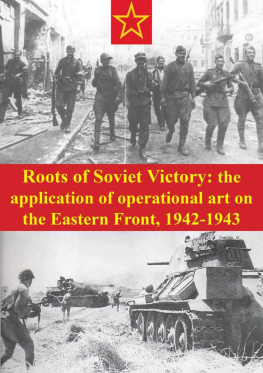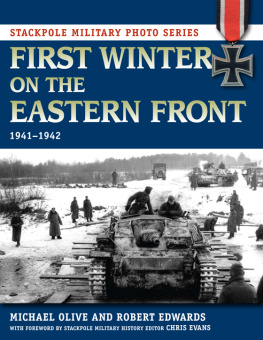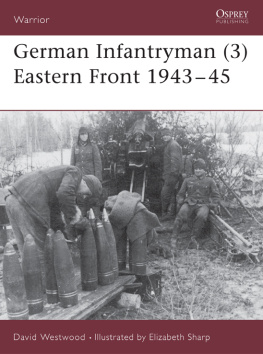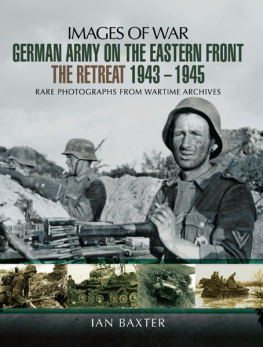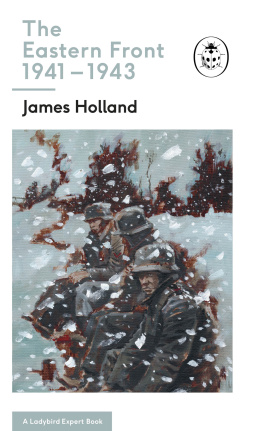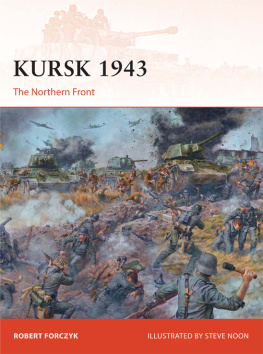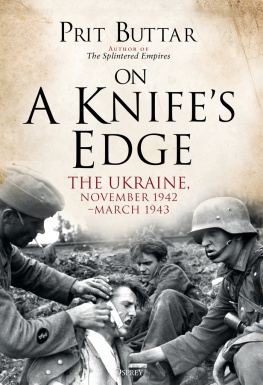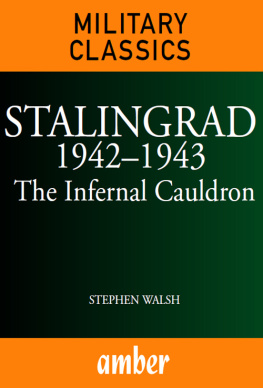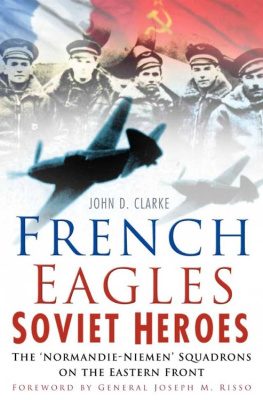This edition is published by PICKLE PARTNERS PUBLISHINGwww.picklepartnerspublishing.com
To join our mailing list for new titles or for issues with our books picklepublishing@gmail.com
Or on Facebook
Text originally published in 2003 under the same title.
Pickle Partners Publishing 2013, all rights reserved. No part of this publication may be reproduced, stored in a retrieval system or transmitted by any means, electrical, mechanical or otherwise without the written permission of the copyright holder.
Publishers Note
Although in most cases we have retained the Authors original spelling and grammar to authentically reproduce the work of the Author and the original intent of such material, some additional notes and clarifications have been added for the modern readers benefit.
We have also made every effort to include all maps and illustrations of the original edition the limitations of formatting do not allow of including larger maps, we will upload as many of these maps as possible.
THE ROOTS OF SOVIET VICTORY: THE APPLICATION OF OPERATIONAL ART ON THE EASTERN FRONT, 1942-1943
by
JAMES R HOWARD, MAJOR, BRITISH ARMY
B.A. Hons, Essex University, Essex, Great Britain, 1992
TABLE OF CONTENTS
Contents
ABSTRACT
THE ROOTS OF SOVIET VICTORY: THE APPLICATION OF OPERATIONAL ART ON THE EASTERN FRONT, 1942-1943, by Major James R Howard.
This thesis considers the extent to which Soviet ascendancy over Germany by late 1943 can be attributed to a resurgence of operational art.
Discussion begins with an overview of operational art and the development of the theory up to 1937. It explains the significant differences between Soviet and western terminology and discusses the writings of key Russian and Soviet theorists, as well as the opinions of contemporary historians.
The thesis proceeds to examine two campaigns. First, the Soviet Winter 1942-43 offensives and German counteroffensives. This period saw the surrender of the German 6th Army at Stalingrad but ended in operational defeat for the Red Army. Turning to the campaigns of summer 1943 that began with Operation CITADEL, the thesis examines the struggle better known as the Battle of Kursk. This study includes the Soviet 1943 summer offensives and concludes in October 1943, by which time the Germans had suffered a significant operational and strategic defeat.
The thesis analyses the extent to which the reemergence of operational art was responsible for the reversal in Soviet fortunes. It also discusses other factors that contributed to Soviet success and to German failures.
ACKNOWLEDGMENTS
This paper has been has not been a labor of love. Given the sheer volume of information that is available on this topic, there were times when I despaired in having selected the subject. At times quite lost, I am extremely grateful to LTC Lou DiMarco, who kept me on course throughout the process. In between building fences, sowing lawns and working towards his doctorate, he is a busy man. His help and direction were invaluable and is greatly appreciated. I also owe a great deal to Doctor Jacob Kipp and Doctor Harry Orenstein. Their knowledge on this subject often seemed limitless which, at times, didnt always appear to be a good thing. However, their assistance and suggestions have made this thesis a far better product that it could ever have been without their help.
I would also like to thank my beautiful wife, Stephanie and Maja and Willow for not packing their bags and returning to Great Britain while I was working on this paper. Locked away in the office, I have had little spare time to dedicate to my A Team, for which I apologize.
A final word of thanks must go to Colonel David Glantz. It was he who suggested that I consider the area of study covered by this thesis, noting that it has not received the attention it deserves. Colonel Glantz also helped me to navigate my way out of several dead ends during my research and for this I am most grateful.
CHAPTER 1 INTRODUCTION
For every possible reason the main task of our operational art lay in creating new forms and techniques of operation aimed at destroying the enemy, under new historical conditions, with a new Army, and with a new material and technological base. G. K. Isserson
This thesis will examine the theoretical development of operational art in the interwar period. It will focus on the fundamental principles that emerged as the trademarks of Soviet operational art and will discuss the opinions of formative theorists who were responsible for their development. The purpose of the research is to identify the extent to which Soviet successes in World War II can be attributed to correct employment of operational art. In order to answer this question, this paper will focus on two campaigns. First, the Soviet winter 1942 and 1943 offensives that resulted in the surrender of the German 6th Army at Stalingrad but which ended in near operational disaster for the Red Army. The second campaign examined began with Operation CITADEL and is better known as the Battle of Kursk.
These campaigns have been chosen as, on the surface, they appear similar in many ways. The senior commanders remain generally unchanged. The correlation in the size of opposing forces remains largely constant. The ground over which the battles were fought is, in many cases, the same. However, Soviet operational failure in the first was followed by strategic and operational victory in the second; a victory that marked the beginning of the end for German forces in the east.
The specific question to which this paper provides an answer is: what accounts for the change in Soviet fortunes over this relatively short period? Can Soviet success be attributed to a rebirth of operational art alone, or were other factors responsible?
This chapter will introduce the reader to Soviet operational art. It will also provide a definitive terminological framework within which the key attributes and tenets of operational art can be discussed. It will focus on the fundamental principles that emerged as trademarks of operational art, and will outline the formulation of these concepts.
Chapter 2 will examine respected primary and secondary sources upon which this paper draws for analysis and historical reference. Chapter 2 serves two purposes. First, it analyzes the literature on the subject, drawing upon the work of Soviet theorists, many of whom were senior military leaders. It will evaluate and summarize the discussion that took place in the 1920s and 1930s between the many camps, and how the free flow of ideas came to represent operational art as we understand it today. Using current secondary sources, chapter 2 will outline the contemporary discussions, thus bringing the analysis up to date.
Chapter 2 will also summarize key works that best describe the history of the period under examination. Using primary and secondary sources, it will identify the role of operational art in the planning and execution phases of the two campaigns.
Chapters 3 and 4 will discuss the two campaigns. The format will be the same in both cases: a summary of historical events will be followed by an analysis of what lead to the end state in each case. Chapter 3 will explain why the Red Army was unable to capitalize upon its initial success at Stalingrad. Chapter 4 will expand on the causes of the crushing Soviet victory at Kursk that ended with the German army on the west bank of the Dnepr River, thus signaling the beginning the Red Armys tortuous journey to Berlin. Yet the discussion must first begin with the development of a framework around which to build an argument.


